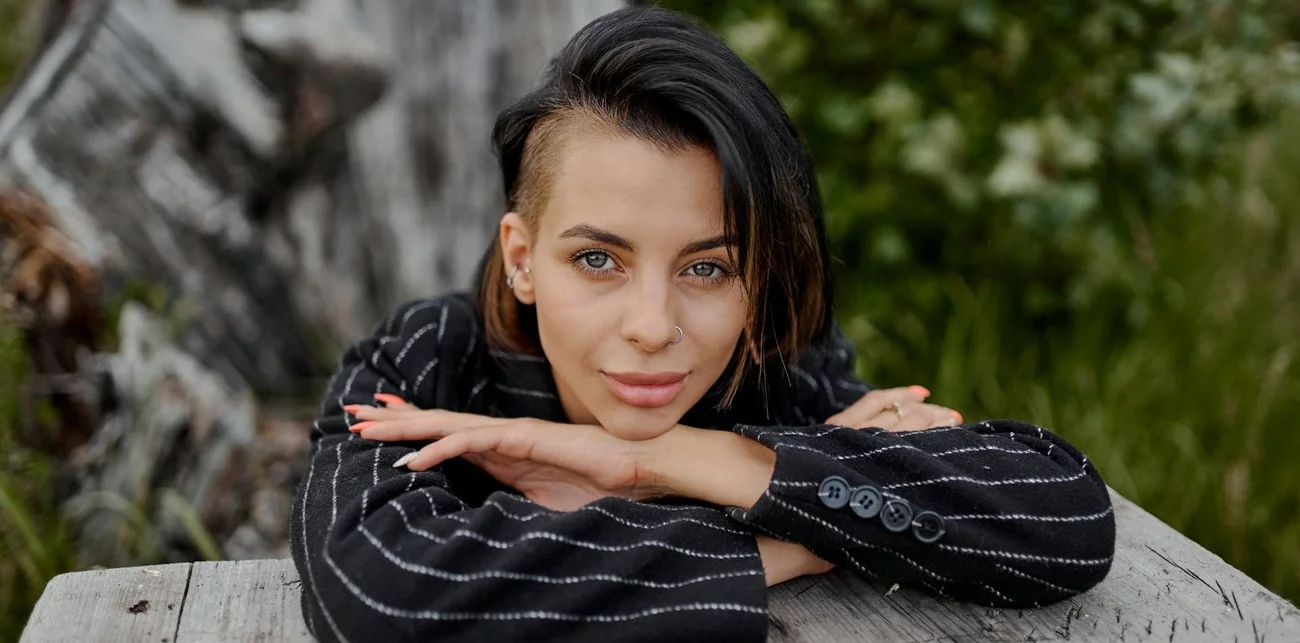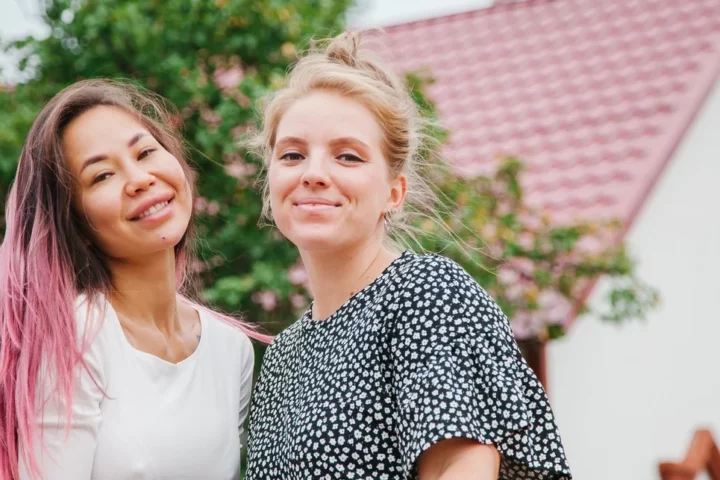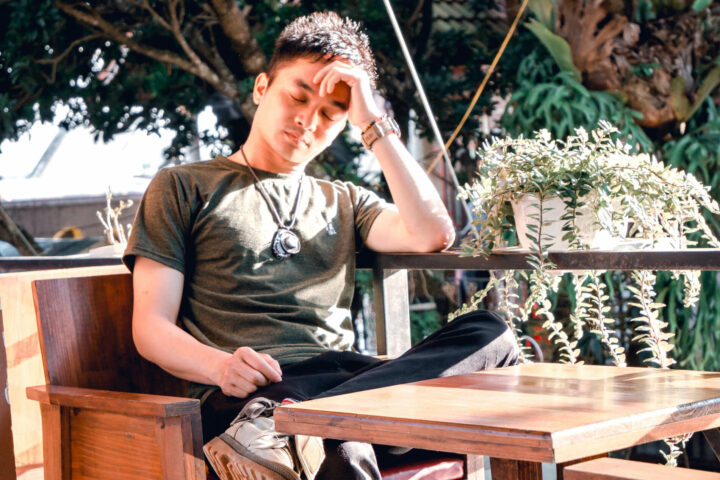The advent of artificial intelligence (AI) has rapidly transformed industries once reliant on human creativity and expertise, with film and photography among the hardest hit. Tools like DALL-E, MidJourney, and Runway now allow users to generate photorealistic images, videos, and animations with ease. Tasks once requiring professional studios and significant budgets are now accessible at a fraction of the cost, enabling businesses of all sizes to create high-quality content quickly. While this democratization benefits startups and small enterprises, it poses challenges for traditional professionals as AI-driven automation replaces many of their services.
An influx of synthetic visuals flooding social media and e-commerce platforms. Virtual influencers, AI-generated product photos, and automated ad campaigns dominate online spaces, delivering fast and affordable content that rivals human-made work. However, while businesses benefit from these cost-effective solutions, the creative professionals who once dominated these industries face declining demand for their expertise.
Despite its efficiency, AI has many limitations that human professionals can exploit.
AI-generated visuals often lack authenticity and emotional resonance, essential for building deep connections with audiences. Additionally, AI relies on pre-existing datasets, resulting in derivative content that struggles to offer fresh, unique perspectives. Real-world challenges such as event photography, unpredictable conditions, and complex brand narratives also remain beyond AI’s reach, leaving opportunities for human creatives to thrive.
Rather than competing directly with AI, professionals can adapt by integrating these tools into their workflows. Hybrid approaches combine AI’s speed with human expertise to deliver tailored solutions. Focusing on niches like luxury branding, high-end portraiture, or authentic storytelling can further differentiate human creators from their AI counterparts. Professionals can also pivot to consulting and education, helping businesses effectively use AI-driven tools while emphasizing the value of human insight.
Traditional roles in production and post-production.
Tasks like video editing, sound design, and visual effects are now streamlined by AI-powered platforms, enabling individuals to perform what once required entire teams. This shift has led to the rise of “one-person production studios,” where creators handle all aspects of a project independently. However, this democratization also brings challenges, such as market oversaturation, devaluation of specialized skills, and the loss of emotional depth in AI-generated content.
A New Era of Creativity
Artificial Intelligence (AI) has rapidly transformed industries across the globe, and film production is no exception. As we step into 2024, AI is revolutionizing traditional filmmaking processes, offering new opportunities for creativity and efficiency. From scriptwriting to post-production, AI is reshaping how stories are told, enabling filmmakers to explore innovative possibilities while optimizing time and resources.
However, with its growing influence, AI also introduces challenges, including ethical concerns and potential impacts on jobs within the industry. This comprehensive look at AI’s role in film production explores its applications, benefits, and the obstacles it presents.
AI’s Role in Film Production
AI is no longer just a futuristic concept; it’s an integral part of modern filmmaking. Its applications span the entire production process:
- Script Analysis and Writing: AI-powered algorithms can analyze scripts, identify narrative strengths, and predict their success. Some tools even generate new scripts by mimicking successful narrative structures.
- Casting and Scouting: AI tools streamline casting by analyzing trends and predicting actor suitability. It can also optimize location scouting by providing insights on weather, logistics, and crowd dynamics.
- Visual Effects and Post-Production: AI simplifies complex tasks like CGI generation, color grading, and video stabilization, making high-quality effects more accessible to smaller studios.
- Marketing and Distribution: By analyzing audience data, AI can optimize film marketing strategies, predict successful promotional materials, and determine the best release schedules.
AI in Pre-Production
AI is revolutionizing pre-production processes, saving time and enhancing creativity:
- Script Development: AI tools analyze plot elements, character arcs, and pacing, helping writers refine their work. Some tools even draft story ideas or provide narrative suggestions.
- Storyboarding and Previsualization: AI software generates lifelike animations and 3D environments, allowing filmmakers to visualize scenes before shooting. This streamlines planning and ensures creative alignment.
AI During Production
AI enhances efficiency and precision during production:
- Automated Camera Systems: AI-driven cameras ensure perfect shots with reduced human error, offering stability and precision in any environment.
- Efficiency Gains: Automated tools reduce the need for extensive crews, cutting costs and improving productivity while maintaining high-quality output.
AI in Post-Production
Post-production benefits greatly from AI’s capabilities:
- Sound Design: AI synthesizes soundscapes, suppresses noise, and enhances audio clarity, offering advanced tools for sound editors.
- Color Grading: AI ensures consistent and aesthetically pleasing visuals, automatically adjusting hues, saturation, and brightness across scenes.
- VFX and CGI: AI speeds up the creation of realistic characters and effects, enabling detailed and immersive visuals.
Challenges of AI in Film Production
Despite its advantages, AI presents significant challenges:
- Ethical Concerns: Issues like data privacy, bias in algorithms, and deepfake misuse raise questions about authenticity and responsibility.
- Job Security: Automation may displace roles traditionally held by human professionals, requiring workers to adapt or reskill.
The Future of AI in Film Production
AI promises an exciting future for filmmaking. While it won’t replace human creativity, it will complement it, enhancing storytelling and streamlining workflows. Filmmakers must embrace these tools while navigating ethical challenges and redefining roles in the industry.
By merging human ingenuity with AI’s capabilities, the film industry is poised to enter a new era of innovation, crafting stories that captivate audiences in ways never before imagined. As we embrace AI’s potential, the future of cinema shines brighter than ever.
While AI threatens to disrupt traditional creative industries, it also offers opportunities for growth. By focusing on personal branding, niche expertise, and collaborative platforms, professionals can carve out unique spaces in a crowded market. Creative agencies, too, can embrace AI to enhance efficiency while positioning themselves as experts in strategy, storytelling, and brand identity—areas where human insight remains unmatched.
AI’s takeover of the film and photography industries represents both a challenge and an opportunity. Professionals who adapt by leveraging AI as a complementary tool, rather than viewing it as a replacement, can thrive in this evolving landscape. As the tools of creativity change, the core elements of innovation, storytelling, and human connection remain timeless. The future belongs to those who can seamlessly integrate AI’s efficiency with the authenticity of human artistry.




